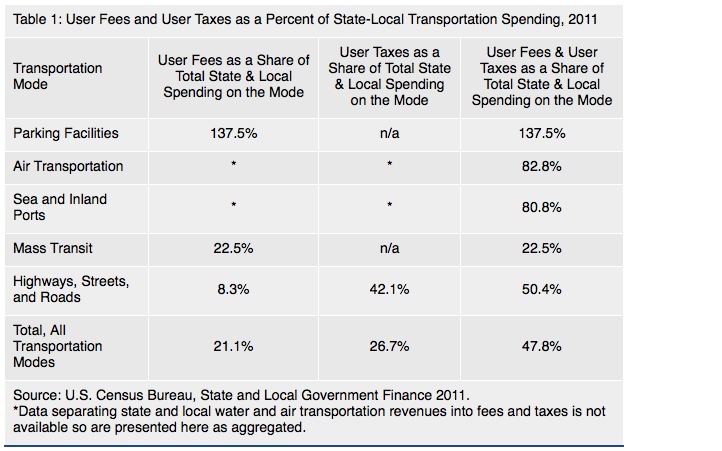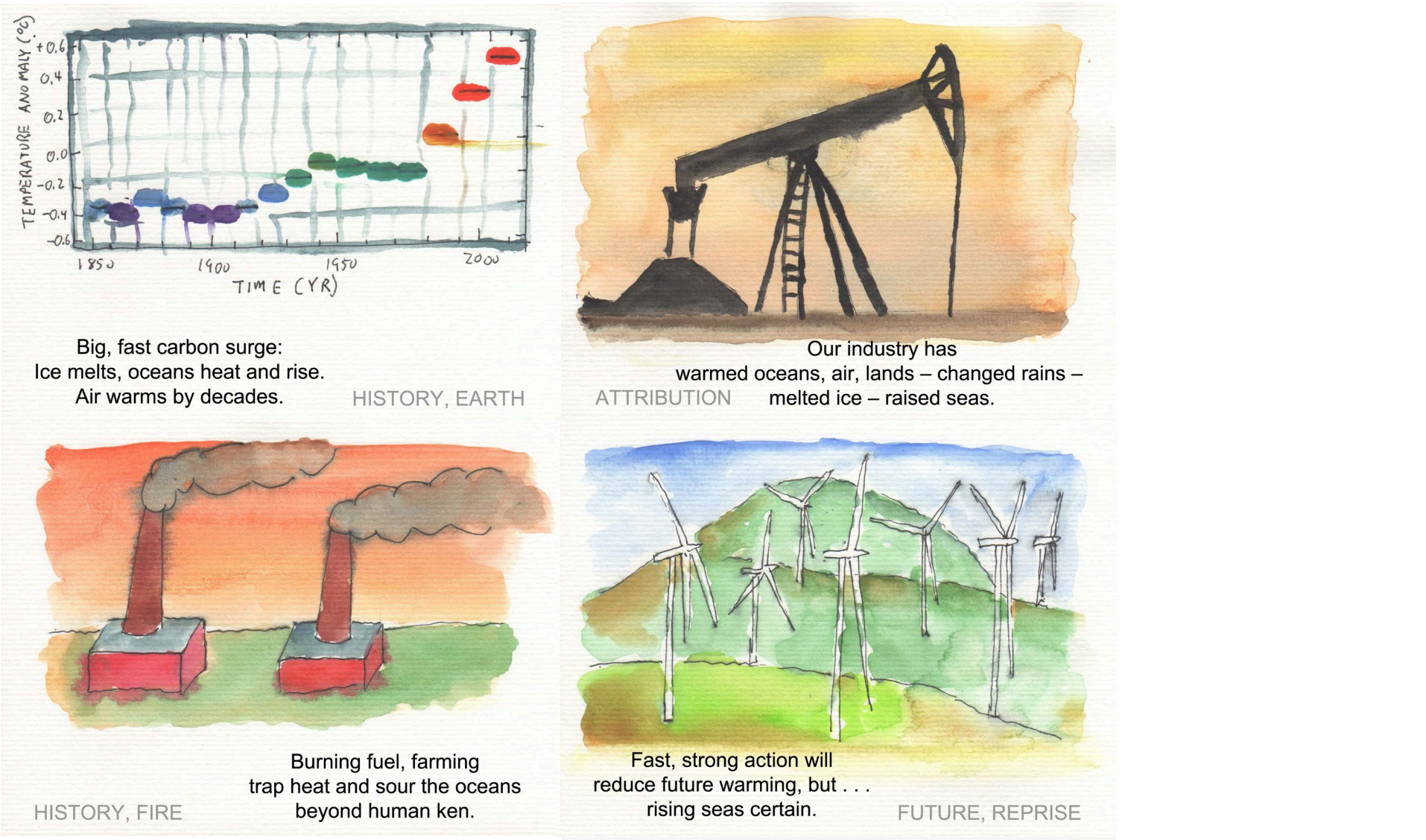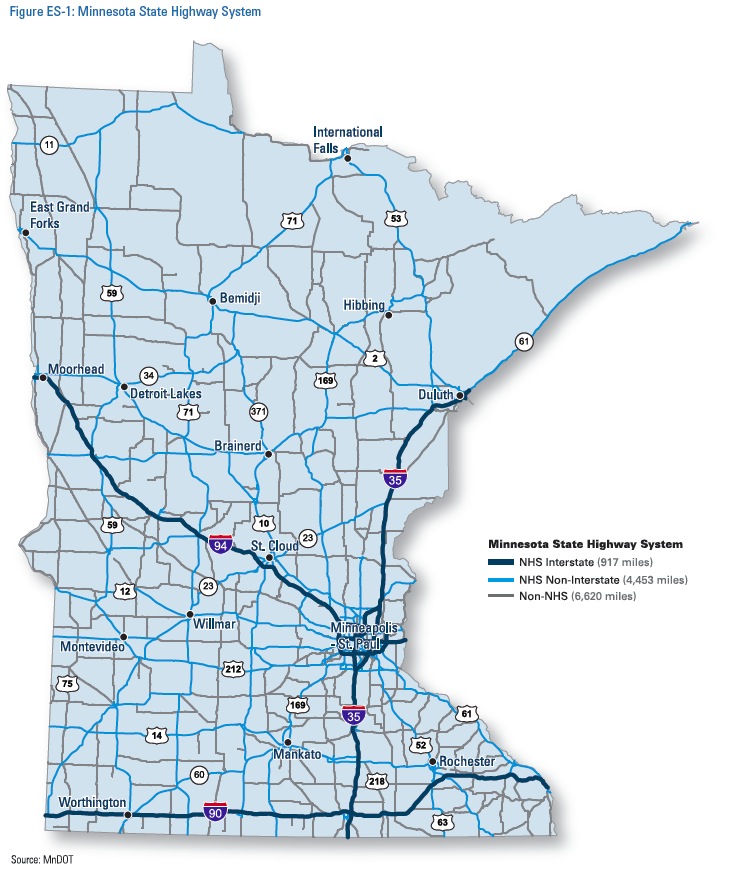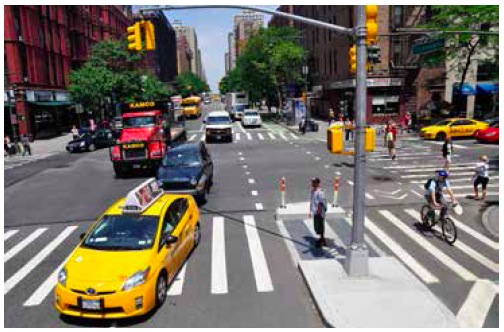
TAX FOUNDATION
The lion’s share of transportation funding should come from user fees (amounts a user pays directly for a service the user receives, such as tolls) and user taxes (amounts a user pays, based on usage, for transportation, such as fuel and motor vehicle license taxes).[2] When road funding comes from a mix of tolls and gasoline taxes, the people that use the roads bear a sizeable portion of the cost. By contrast, funding transportation out of general revenue makes roads “free,” and consequently, overused or congested—often the precise problem transportation spending programs are meant to solve.
View this complete post...
Tags: Gas tax, Joseph Henchman, Tax Foundation, VMT
Posted in
Funding, Highway, Infra Views, National, Policy, Roads, Tax
Comments Off on Gas Taxes and User Fees Pay for Only Half of State and Local Roads





















 RSS Feed
RSS Feed